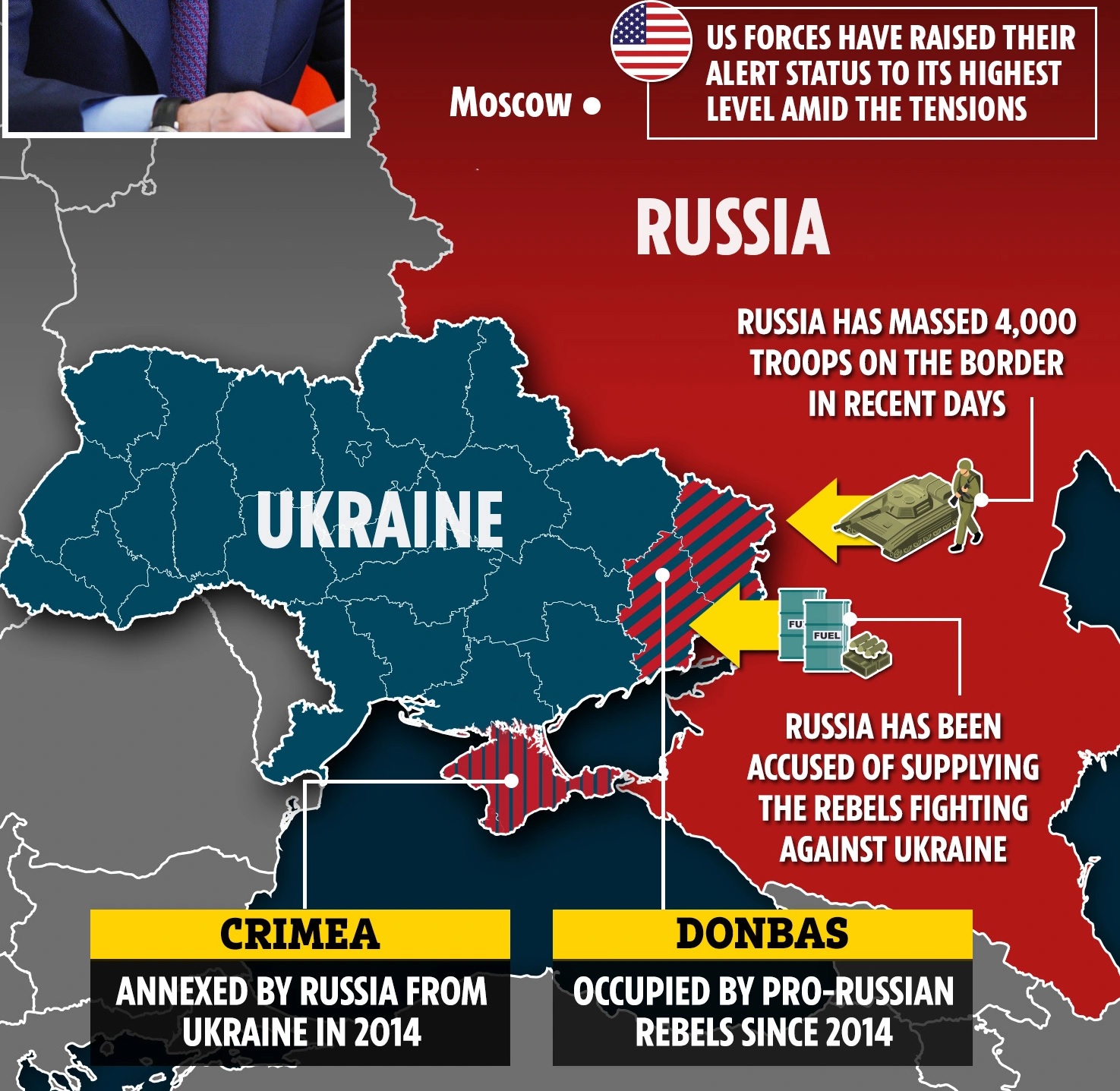Drone Regulations
- Directorate General of Civil Aviation (DGCA), has recently published final guidelines for operating drones by ordinary citizens.
- It will come into force on December 1,2018, the date when the civilian use of drones becomes legal in India.
- DGCA has identified multiple categories of drones, which can be broadly classified as,
- Nano (weighing up to 250 g),
- Micro (more than 250 g but less than 2 kg) and
- Small and above (weighing 2 kg or more).
- Every drone bigger than Nano must obtain a unique identification number from DGCA, similar to the registration number for a car.
- Users of bigger drones will be required to obtain a Unique Air Operator’s Permit (UAOP), similar to a driver’s licence.
- All categories of drones must be flown in the visual line of sight, and only during daytime.
- The operation of drone will be restricted to 50ft above the ground.
- The drones cannot be operated from a moving vehicle, ship or aircraft.
- The regulator has listed 12 categories of “no-drone zones”which includes airports, International borders including the Line of (Actual) control, strategic locations notified by Ministry of Home affairs, secretariat complexes in state capitals.
Multidrug Resistant Super Bug
- Antimicrobial resistance is the ability of a microbe to resist the effects of medication previously used totreat them.
- The term includes the more specific "antibiotic resistance", which applies only to bacteria becoming resistantto antibiotics.
- Microbes resistant to multiple antimicrobials are called multidrug resistant (MDR) or sometimes superbugs.
- Researchers at the University of Melbourne has recently discovered three variants of the multidrug-resistant bug in samples from 10 countries.
- The bacteria that is resistant to all known antibiotics is“Staphylococcus epidermidis”.
- It is found naturally on human skin.
- It commonly infects the elderly or patients who have had prosthetic materials implanted, such as catheters and joint replacements.
- Global Antimicrobial Resistance Surveillance System (GLASS)was developed by WHOin 2015 to support the global action plan onantimicrobial resistance.
Bedaquiline
- WHO has recently made an important change in the treatment of patients with Multi-drug Resistant TB (MDR-TB).
- MDR-TB is resistant to at least two of the first-line anti-TB drugs.
- According to the WHO guidelines, all injectables are to be replaced with a fully oral regimen with Bedaquiline to treat MDR-TB patients.
- Bedaquiline is the powerful anti-TB drug used to treat MDR-TB.
- The success rate of injectable treatment is less. It is because of patients discontinuing the treatment in midway due to adverse side effects.
- South Africa was the first country to scale up access to bedaquiline. It would replace the injectablesfor treating all MDR-TB patients.
Rapid Trident
- It is a joint-annual military exercise between Ukraine and NATO.
- It will be held in western Ukraine region and it is seen as a response to Russia’s biggest military exercise Vostok.
- Ukraine’s tension with Russia remain high over the Kremlin-backed insurgency in its eastern region.
- NATO is an Alliance that consists of 28 independent member countries across North America and Europe, thenewest of which, Albania and Croatia.
- It is an intergovernmental political and military alliance, committed to the Principle of collective defence.
- NATO’s headquarters is in Brussels, Belgium.

Banking Ombudsman Scheme
- Banking Ombudsman is a quasi-judicial authority to enable the resolution of customer’s complaint relating to services rendered by Bank.
- All Scheduled Commercial Banks, Regional Rural Banks and Scheduled Primary Co-operative Banks are covered under the Scheme.
- RBI, earlier this year, has extended the scheme to deposit taking Non-Banking Finance Companies (NBFC).
- The authority does not charge any fee for filing and resolving customers’ complaints.
- Any person aggrieved by the decisions of Banking ombudsman can approach the Appellate Authority, which is vested with a Deputy Governor of the RBI.
Internal Ombudsman
- RBI has recently issued guidelines tightening the Banking Ombudsman scheme to strengthen the grievance redressal mechanism.
- In its recent notification, RBI has asked all commercial banks having 10 or more banking outlets to have an independent internal ombudsman (IO).
- IO will review customer complaints that are either partly or fully rejected by the banks.
- This guideline is not applicable for Regional Rural Banks sponsored by commercial banks.
- The Internal Ombudsman Scheme of 2018 mandates banks to grant IO, a fixed term of three to five years, which cannot be renewed.
- The IO can be removed only with prior approval from RBI.
- The remuneration would have to be decided by the customer sub-committee of the board and not by any individual.
- The implementation of the scheme will be monitored by the bank’s internal audit mechanism apart from regulatory oversight by RBI.
Purchase of Gold by RBI
- Reserve Bank of India has bought gold for the first time in nearly a decade.
- The move signals that gold could be in demand as a store of value when returns and capital values of fixed-income bonds are declining in a rising rate environment.
- RBI might also want to create a buffer to meet the redemption needs of bonds sold under Gold Bond Schemes.
- Unlike many other central banks such as the People’s Bank of China, RBI does not regularly trade in gold, although the RBI Act permits it to do so.
- According the latest annual report, RBI held 566metric tonnes of gold in its forex reserve.
- It last bought 200 metric tonnes from the IMF to boost its reserves in November 2009.
Source: The Hindu, Indian Express

